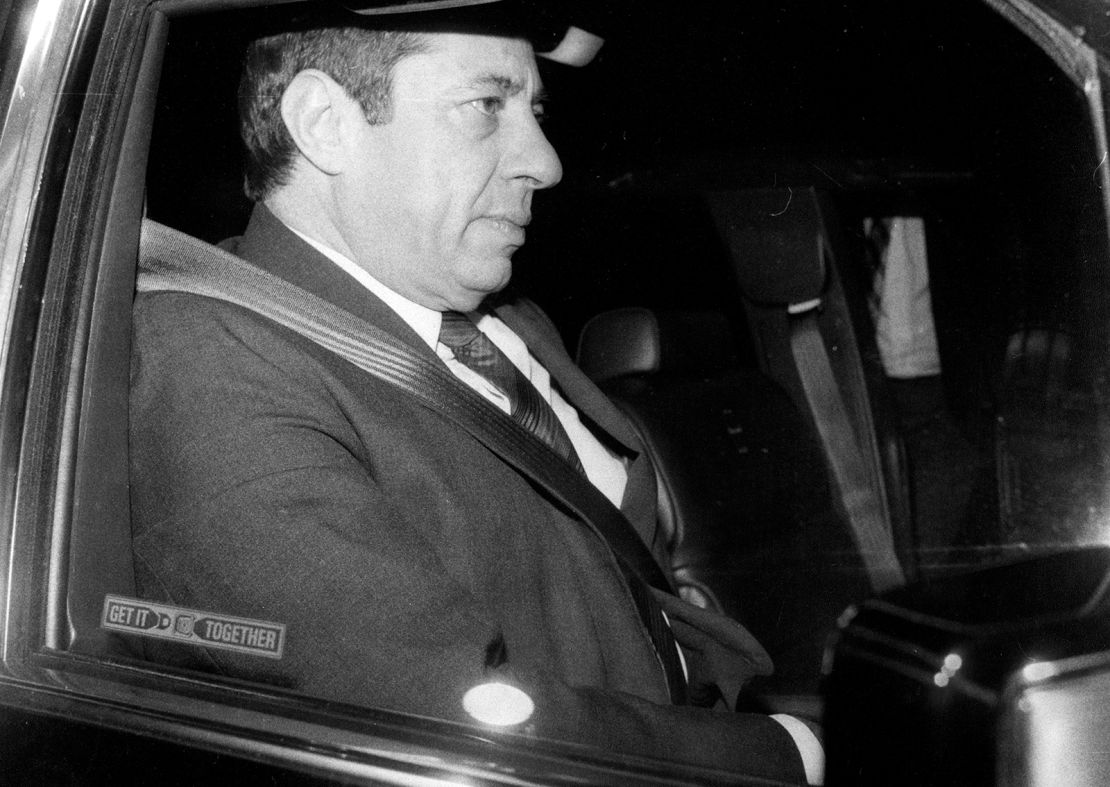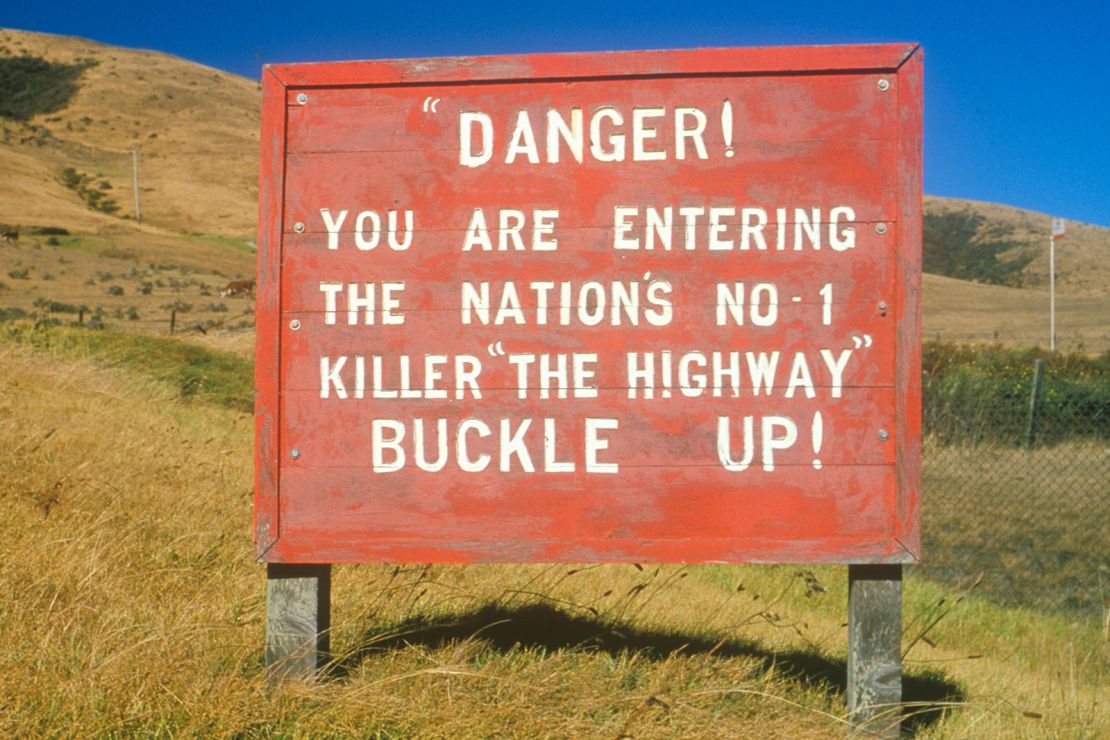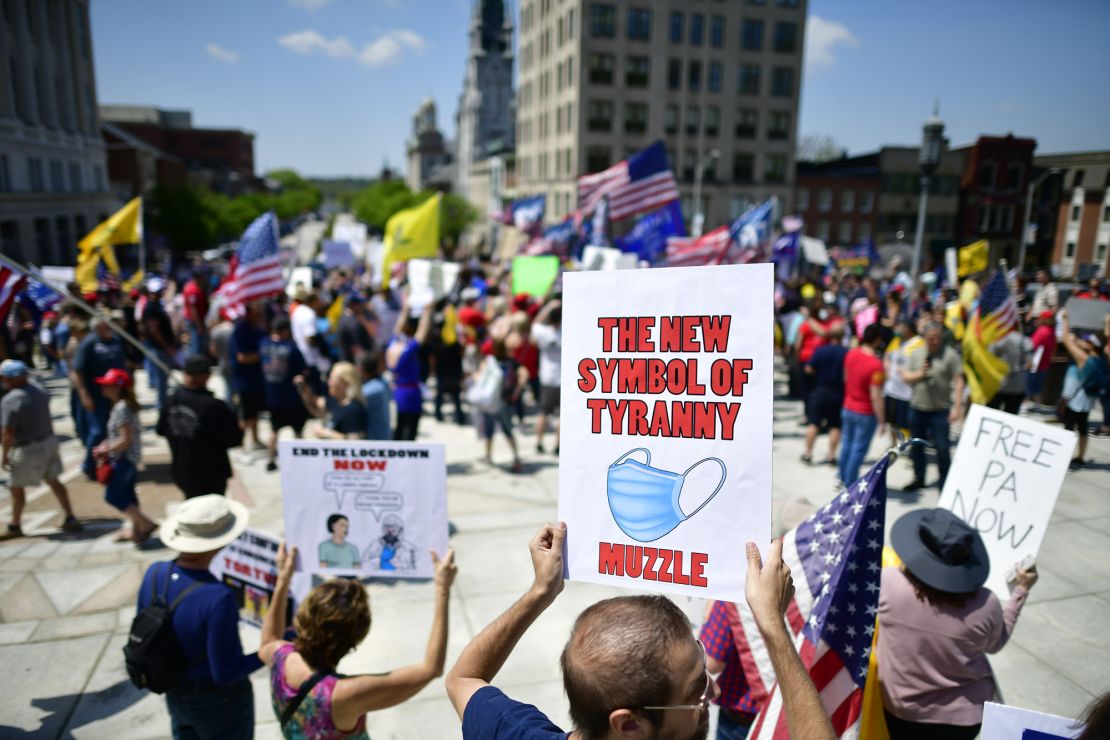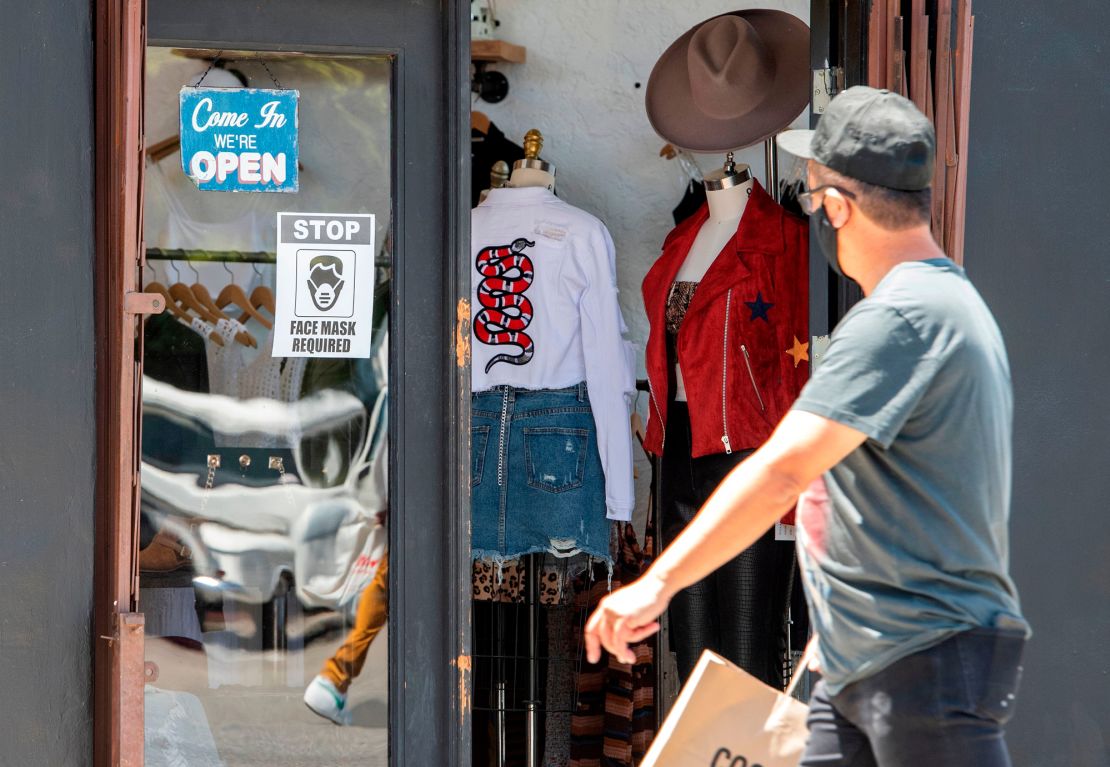Buckling up is second nature for most Americans. It took us over 60 years to get to that point, though.
The US doesn’t have 60-plus years to get Americans on board with the latest novel safety feature – masks.
Both are touted as essential safety measures to prevent people from dying. Both are minor accessories that, when first introduced, drew opposition from a vocal few who felt they were too restrictive.
But seat belts have succeeded. Yes, it took decades of jumping legislative hurdles, an effective and catchy campaign (“Click it or ticket”) and the eventual buy-in from carmakers to make them a reflexive part of driving.
Today, the same arguments against seat belts are being used to oppose masks.
It took decades to mandate seat belts
It seems sort of unbelievable that the use of seat belts was being debated as recently as the 1990s. Its opponents used some of the same tactics anti-mask advocates use today to defend their position.
“You would’ve thought, ‘Hey, safety legislation – that’s easy,’” said former University of Michigan professor and auto historian Dan Albert.
Not quite. The debate around seat belts peaked several times in the 20th century, first in the 1930s when highway deaths spiked (lap belts were installed in some cars, though their usage wasn’t enforced).
Interest surged again in the 1960s, with the passage of the National Traffic and Motor Vehicle Safety Act, which required carmakers to install seat belts among other safety equipment. Then it was just a matter of getting drivers to use them.
It took almost 20 years more for states to enact their first seat belt mandates.

Carmakers were seat belts’ loudest opponents. They believed the inclusion of the belts would dredge up production costs, tank sales and make driving seem unsafe, Albert said. They lobbied against seat belt legislation and claimed the belts themselves were unsafe and overly restrictive, and drivers weren’t thrilled about the belts at first either, Albert said.
The final phase of seat belt legislation was forced in the 1980s. In 1984, Elizabeth Dole, then the Transportation Secretary and later a Republican senator, gave an ultimatum: Carmakers would have to install air bags in all cars by the 1987 model year, or states that made up two-thirds of the US population could pass seat belt laws.
Shortly thereafter, New York passed a seat belt law, the first state to do it.
Now, all states but New Hampshire require seat belts to some degree, though some of them don’t require backseat passengers to buckle up, and others won’t ticket drivers without seat belts unless they’ve committed another traffic violation. National use is now up to over 90%, per the National Highway and Traffic Safety Administration, up from 14% in the early 1980s. And you’re unlikely to see a crowd of hundreds protesting against wearing them.
“People just got into the habit of wearing their seat belt,” Albert said.
The same arguments pervade both debates
The arguments anti-mask advocates use to defend their positions were nearly identical to what anti-seat belt lobbyists used for years.
Dubious scientific claims: Like opponents of masks, carmakers and lobbyists touted opaque claims that wearing a seat belt could cause more harm than good.
They perpetuated the baseless idea of being “thrown clear,” or tossed away from an accident when you’re ejected from a car instead of being strapped inside. Being “thrown clear” of an accident was considered safer than being trapped inside a vehicle.

People who refuse masks tout similarly unproven theories, like that masks are ineffective and obstruct breathing, or that states are inflating the number of deaths they report to make the pandemic seem worse than it is.
Issues of freedom & fear: Seat belts were viewed as an infringement of personal liberties by some – a familiar argument against masks.
Cars represented freedom. Driving was supposed to be liberating, not restrictive (or at least that’s how carmakers were marketing their products), Albert said. The famed automaker Harley Earl once said he designed cars so drivers could have a “little vacation for a while.”
Auto companies feared the vacation would end once seat belts were installed. Gone would be the romance of driving, replaced with fear and caution about the perils of the open road.

“It really upset the very notion of being in your car,” Albert said of the carmakers’ initial perspective. And fear, the auto industry believed, would wreck sales.
Today, wearing a mask is a constant physical reminder of the absurdity of the world we’re living in now – a marker of fear, an admission of vulnerability, said Steven Taylor, a professor of psychology at the University of British Columbia and author of “The Psychology of Pandemics.”
Putting a mask on every day is acknowledging that public life is dangerous. That “very small but very vocal” minority that opposes masks cannot accept that feeling, he said.
READ MORE: The psychology behind why some people won’t wear masks
What it will take to make mask use more widespread
We can borrow some cues from the seat belt debate to make masks more popular, said Jill Roberts, an assistant professor in the College of Public Health at the University of South Florida.
Make them ubiquitous: First, if we want people to wear masks, we need to make them ubiquitous, she said.
Seat belts are built into every seat in a car now. It’s there; might as well use it, Roberts said. If businesses and schools make masks readily available, people may be more inclined to use them than if they had to go out of their way to find them, she said.
Many locales aren’t giving patrons a choice whether to wear a mask. Even in states that haven’t issued statewide mask requirements, individual businesses, grocery stores and parks are increasingly requiring customers to mask up before entering or they risk being denied entry. Even Walmart, the country’s biggest retailer with a foothold in states where mask use isn’t mandated, has asked customers to wear a mask inside (though the company later said it would still serve customers without masks).

“If you walk in there, and you’re the 1 in 1,000 [without a mask], then you’re the outcast,” Roberts said. “It’s basically peer pressure. It worked a lot with seat belts.”
Wider acceptance of masks may come with time, like it did with seat belts – masks are still an alien accessory we’ve lived with since April. It takes time to form a habit, but people are adaptive, said Taylor, the University of British Columbia professor.
Keep hammering the safety benefits: Public health experts can also do what seat belt proponents did and share statistics and facts widely: Of the 36,560 people killed in car accidents in 2018 that had known about seat belt use, nearly half of them were unrestrained, according to the most recent data from the National Highway and Traffic Safety Administration. The agency also reported that the year before, seat belts saved over 14,000 lives.
There’s ample research supporting masks, too: A study published in June found that masks and social distancing are the best defenses against coronavirus. Masks can reduce the transmission of coronavirus by up to 50%, said Dr. Christopher Murray, director of the Institute for Health Metrics and Evaluation. And like seat belts, wearing a mask can benefit the wearer and other people they come in contact with, according to the Centers for Disease Control and Prevention.
Roberts said she’s already seen acceptance of masks widen in her native Florida, where Gov. Ron DeSantis has refused to mandate them even as the state became the pandemic’s epicenter. She has hope the few who don’t wear them will eventually adopt them, even if the state doesn’t.
Like seat belts, masks aren’t a blanket fix for the dangers we’re facing. They should be worn while adhering to social distancing guidelines and avoiding crowds, and they must be worn properly to keep germs from spreading.
But the bottom line is this: State laws killed opponents’ drive, and time dulled their passion.
That, experts say, may be what it takes for the anti-mask sentiments to fizzle out.





